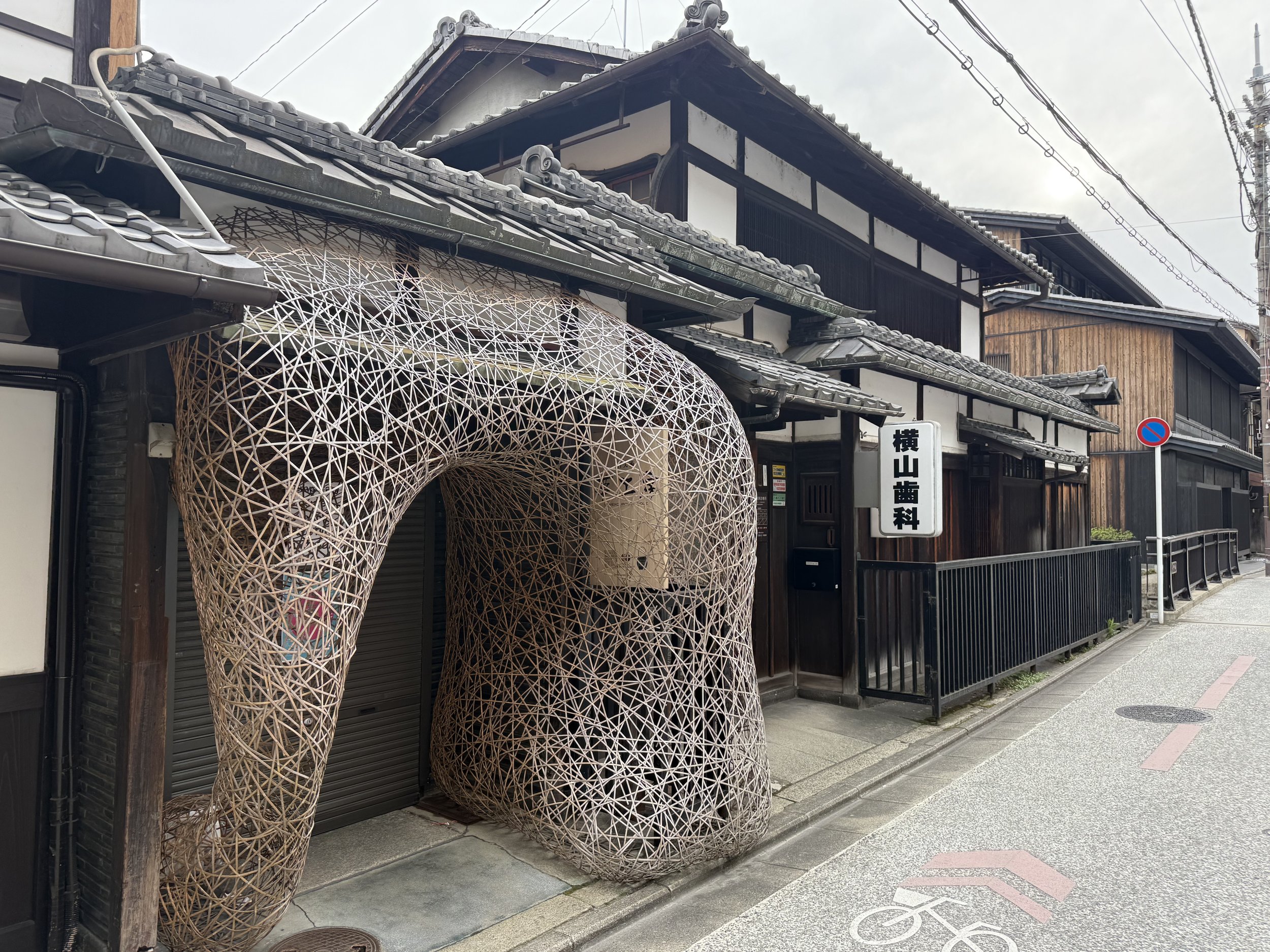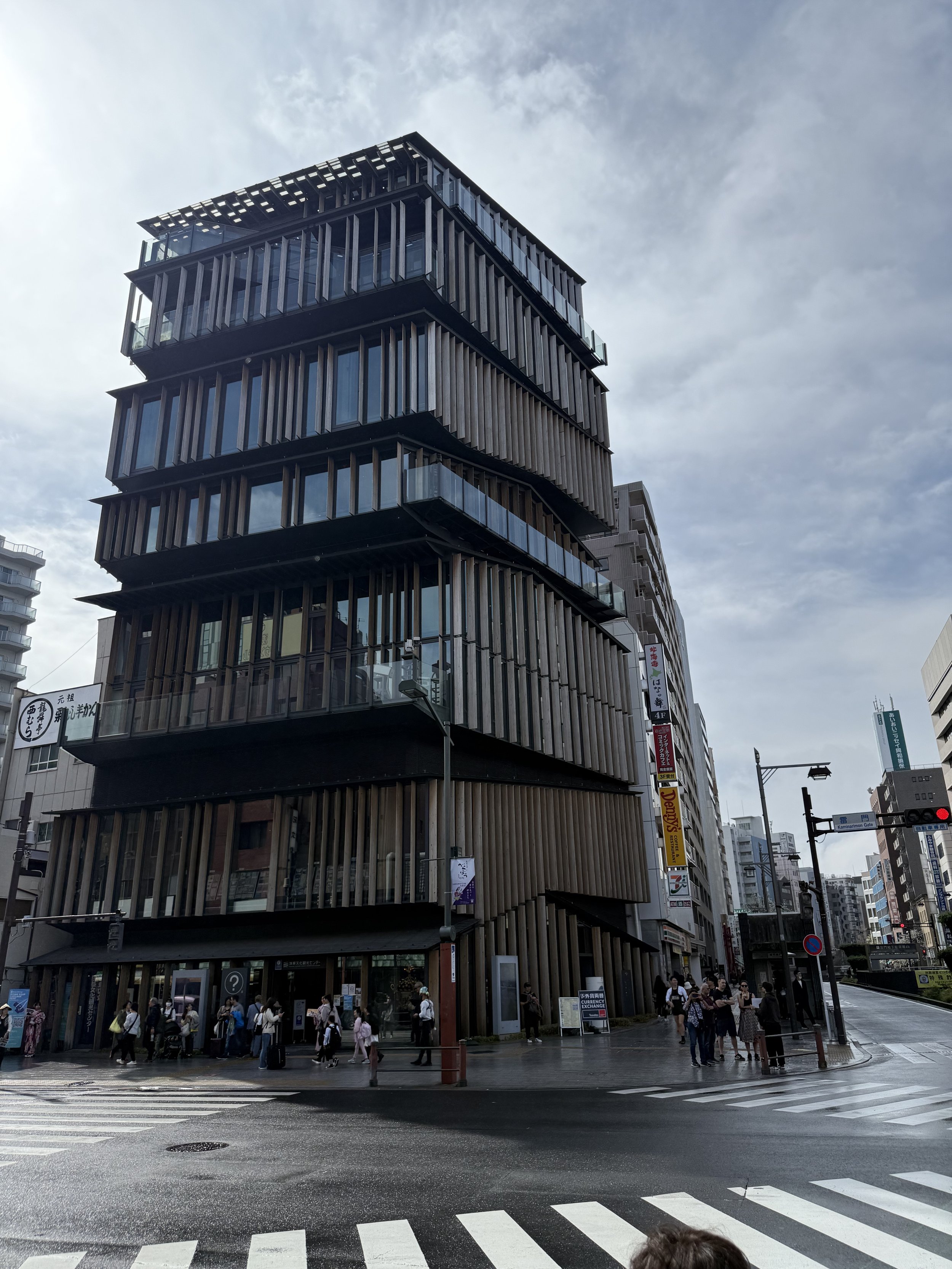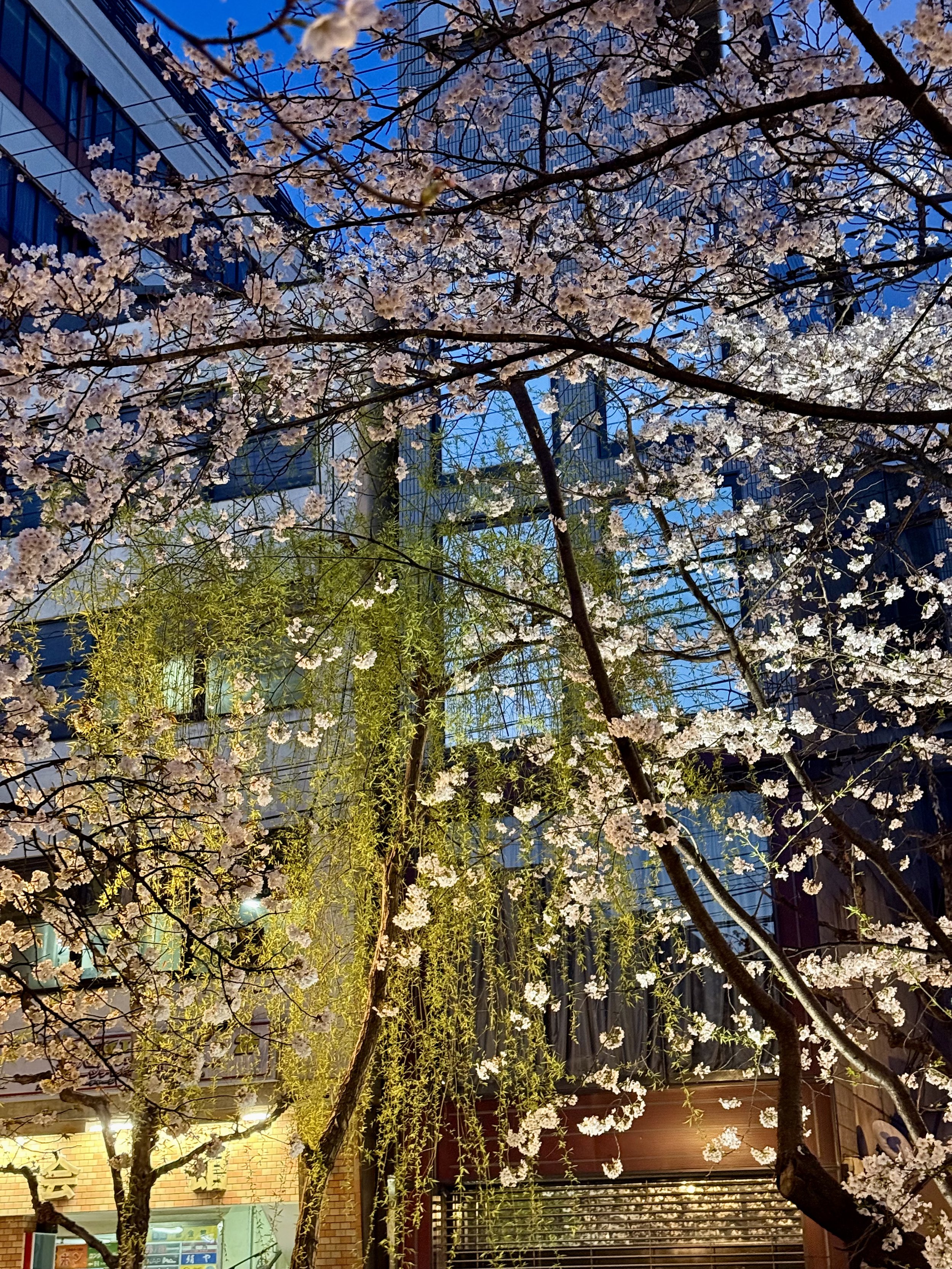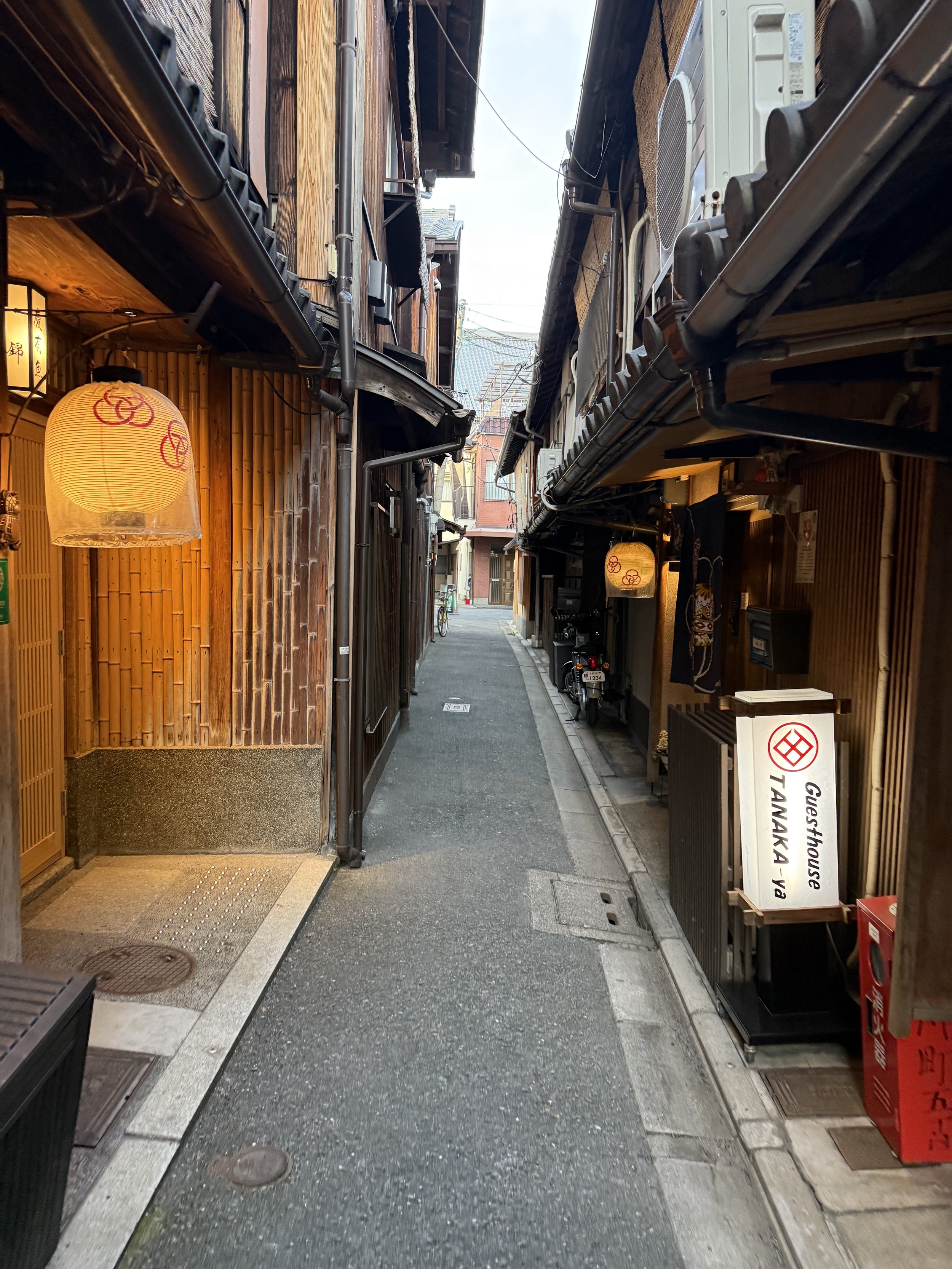Inspiration | A Trip to Japan
Kiyomizo-dera Temple in Kyoto at sunset.
I recently travelled to Japan, visiting Tokyo, Kyoto, and hiking the Kumano Kodo. Through temples, modern megacities, ancient paths, ramen shops and shrines, I marvelled at the aesthetic rigor applied to all facets of life and took note of what made this place feel so magical. Ultimately, it was the balance of contradictions that opened up the space for my imagination— the coexistence of ancient and futuristic, darkness interwoven with illumination, the sacred within the everyday. There was so much to reflect upon and take home with me. I’ve shared a little with you here.
Ginkaku-ji Temple in Kyoto.
Atop Nanzen-ji Temple in Kyoto (shoes off!)
The preserved home of ceramicist Kawai Kanjiro in Kyoto.
Old + New
Yumekoubou Gallery in Kyoto
Japan’s cultural history stretches back thousands of years, and yet the country is well known for its modernity. What impressed me was the balance of these elements in everyday Japanese life. Ancient shrines are preserved within modern city blocks. People bicycle around town as much as they take the bullet train. Our hotels had tatami mats as well as Toto toilets (I’m a convert). This contradiction comprised much of the magic of Japan for me: a country where the mysticism of the past and the imagination of the future seemed an accessible part of the present. It felt as though the best of both worlds had been perfectly commingled.
The Asakusa Tourist Information Center building in Tokyo, blending traditional timber and modern glass construction.
Old wood and tile buildings shoulder-to-shoulder with modern apartments in Kyoto.
Young women in traditional dress on their iphones in a Kyoto city park during Cherry Blossom season.
Cherry blossoms and modern facades in Kyoto.
2. Shadow + Light
A guest on the way to the onsen.
Lighting is an art form in Japan. Very rarely did we encounter overhead lighting in our accommodations. More often, interiors included lighting tucked away below built-ins, layered with soft lantern light, and sliding screens to modulate the light coming in through the windows. More integrated lighting rippled across textured walls, or bounced off water features in lobbies. In the hallways of one hotel, the only lighting was a spotlight on a wall-mounted ikebana arrangement. At night the cherry blossoms were illuminated from lights placed in the canals, and the temples were lighted to be visible out among the hills, while alleys remained dimly lit by red paper lanterns. While accessibility could present challenges, I found the commitment to such soft, layered lighting to enhance the beauty of cities and spaces, and to create a soft restfulness.
An alley in Kyoto.
Illuminated cherry blossoms above a Kyoto canal.
Our tiny but luxuriously appointed hotel room at the Hotel Resol Trinity in Kyoto.
A living lighting feature in a hotel hallway at the Hotel Resol Trinity Kyoto.
Kiyumizu-dera Temple in Kyoto at night.
Hotel Resol Trinity Kyoto at night.
3. Everyday Ritual
Temple visitors performing hand-washing purification in Asakua, Tokyo.
So much of daily life in Japan is ritualized. You are invited to wash your hands at the temple, remove your shoes at the threshold of an interior, don clean robes to the bath or to dinner. The prevalence of private and public bathing encourage mindful cleansing routines. These small acts add up to a lifestyle that is lived attentive to every moment as it unfolds in a particular space. The Japanese concept of ma captures the beauty of being present in quiet, everyday moments and places. Commonplace rituals help bring the busy mind back into the body, and an appreciation of the present.
On my way to the hotel breakfast in the provided yakuta and geta.
In-between spaces, such as passages and paths, are carefully designed.
The onsen at Soraniwa Terrace Hotel in Kyoto.
A Japan-inspired Mood Board
So here’s what I’m dreaming of now—wabi sabi ceramics, delicate low light, hand-hewn wood surfaces, and bathing rituals…
If you’re inspired to get the look yourself:
Cedar wall panelling
A small space soaking tub
A chiselled-texture wooden door
Paper lanterns from an iconic Japanese designer
A vase for ikebana arrangements
Tile inspired by flowing ink
Artisan-crafted wooden furniture that may as well be sculpture
Thank you so much for reading… arigato gozaimazu!





















